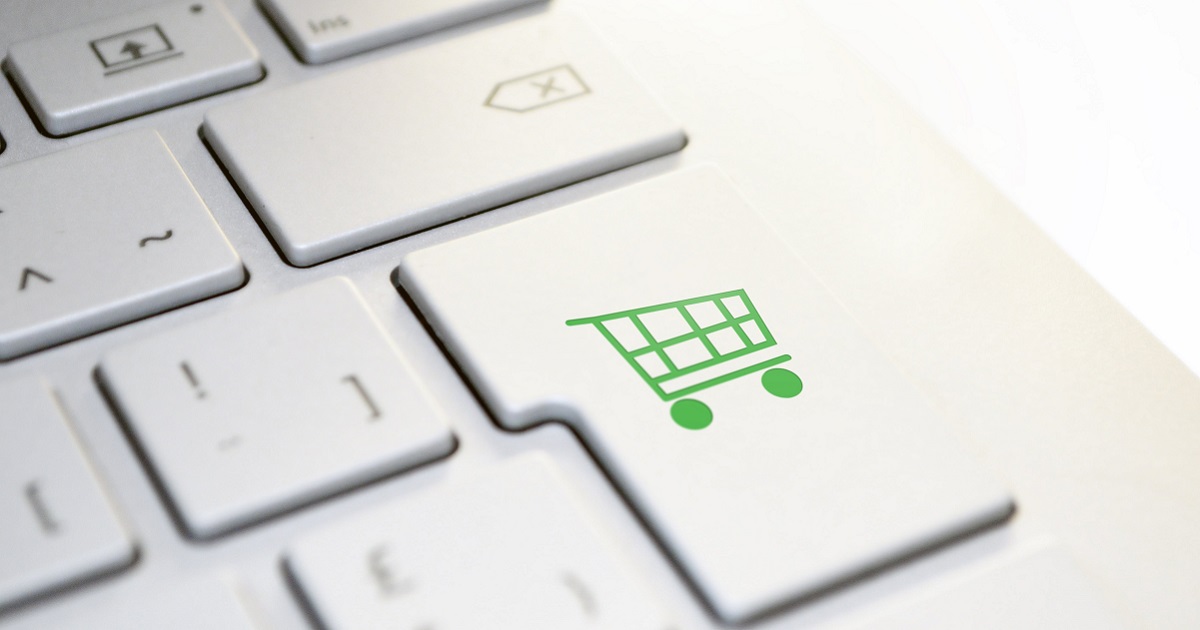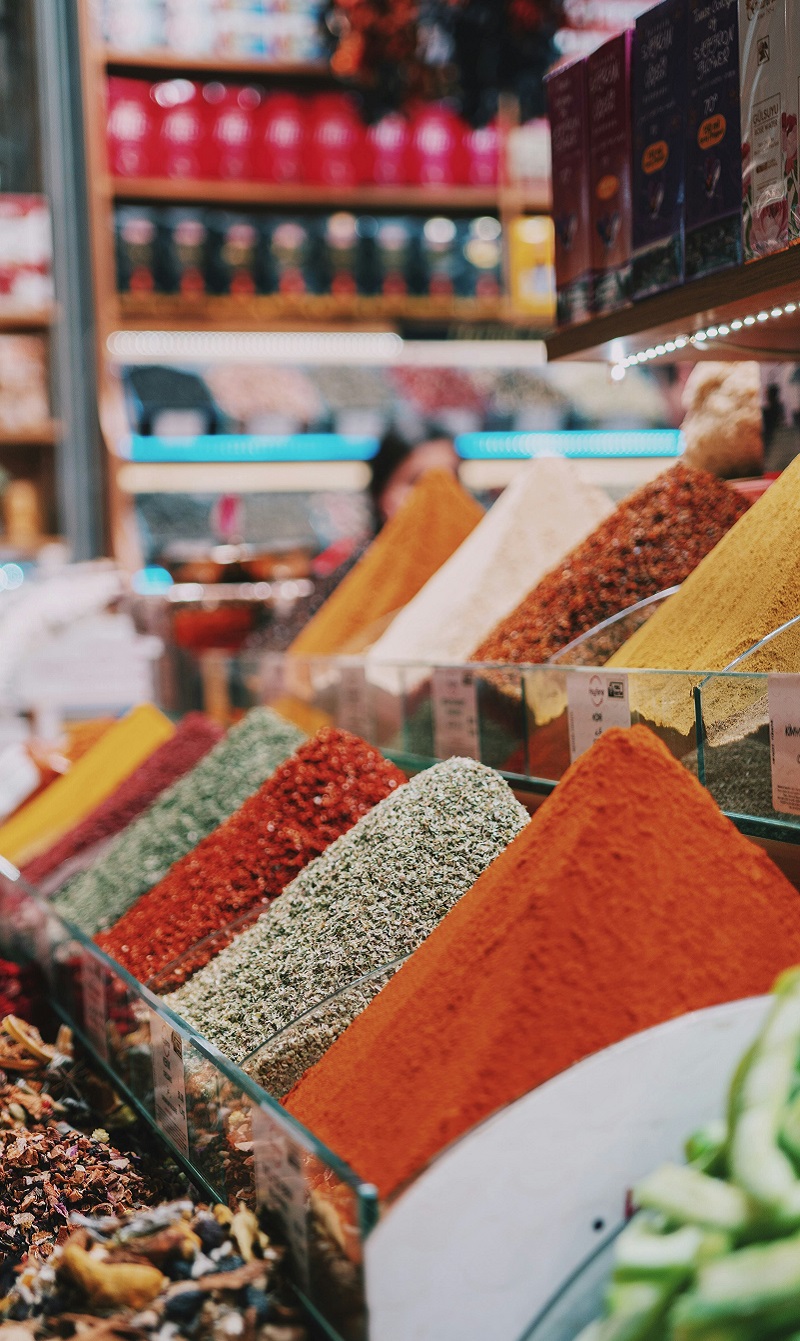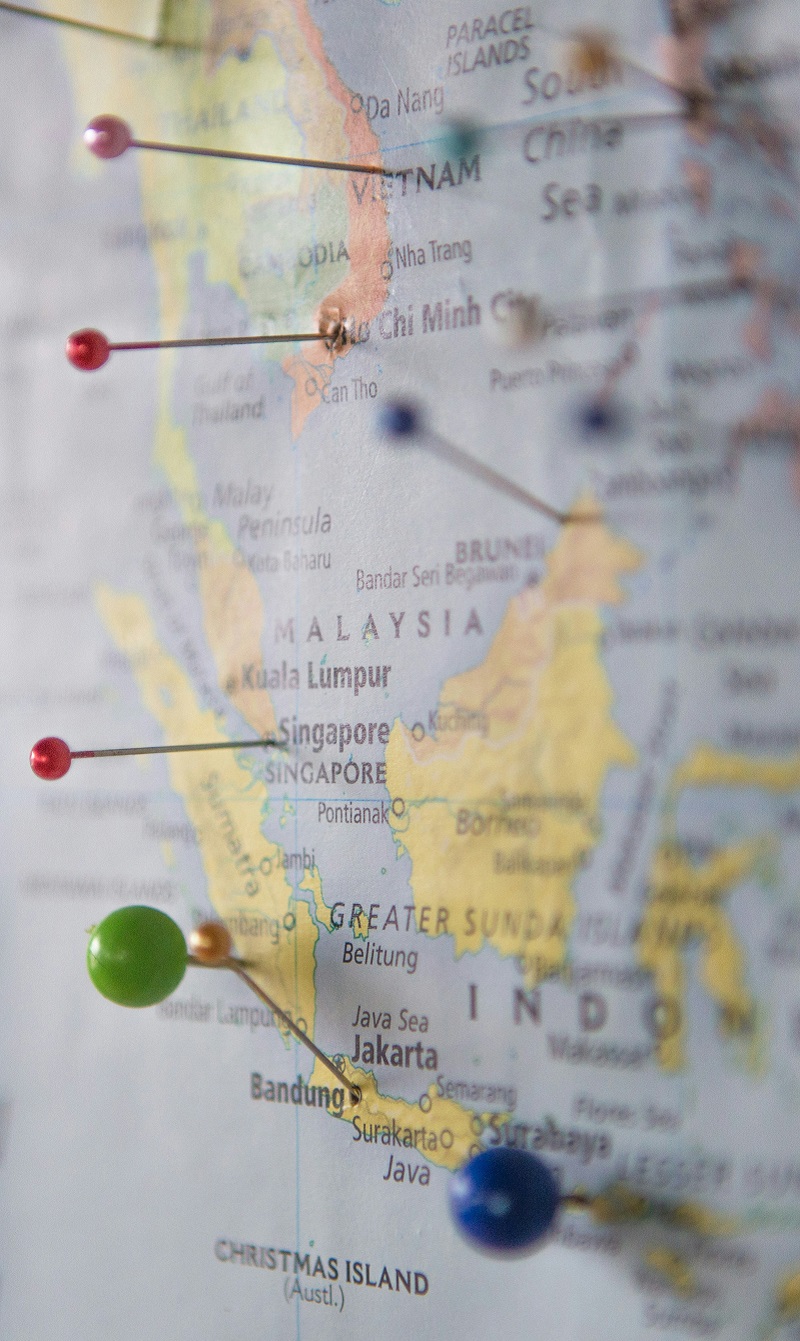F&B: Trends and Opportunities
Summary of WBN’s #iEmPOWER Digitalisation Trend Creating Opportunities in F&B in May 2021 where three speakers from the Malaysian F&B industry discussed what opportunities the pandemic brought.
The three speakers for WBN’s #iEmPOWER in May 2021 focused on the topic Digitalisation Trend Creating Opportunities in F&B. The one-hour virtual session was moderated by wealth strategist and coach, Jashidah Kamal. The speakers were:
- Bryan Loo, founder of Loob Holding Sdn Bhd & CEO of Tealive, Malaysia
- Stephen Francis, co-founder and CEO of MyGroser, Malaysia
- Sayantan Das, managing director of Foodpanda, Malaysia
F&B Industry, an Update
Sayantan: There was a lot of evolution in terms of consumer buying patterns, not only in Malaysia, but across Southeast Asia as well. Only 85 per cent of the population in Malaysia has access to internet and a smartphone. Foodpanda, online food delivery service, wants to exist as a single app to be able to provide consumers with a choice to not only buy food but other items as well. Recently, we diversified into groceries and other consumable goods.
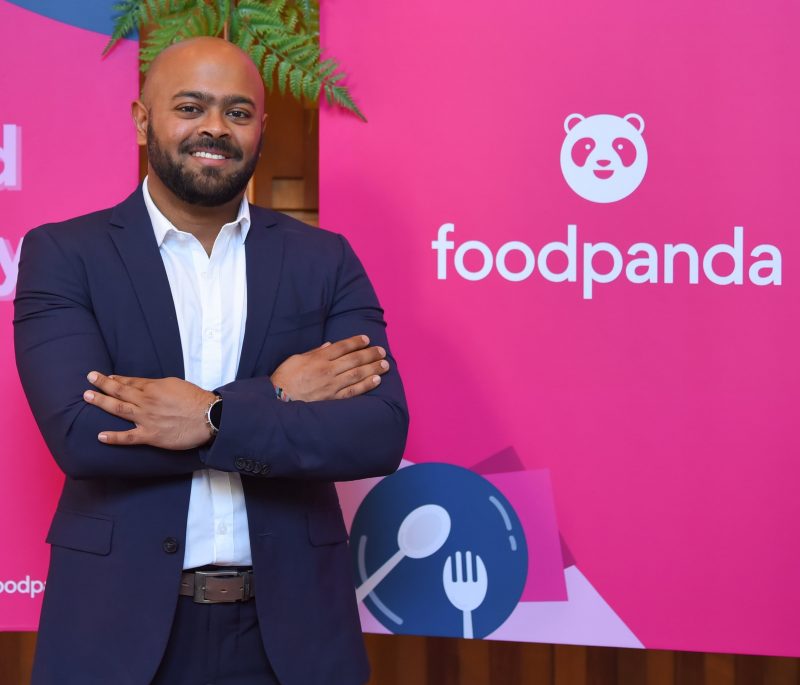
The current trend now, we see a steeper gradient in terms of adoption rates, whether it’s new customers, active users or returning customers purchasing more frequently, demanding convenient, fast delivery. Just two years ago, customers were happy to receive their order in 60 minutes or less, unlike today, they want it in half the time. On the macro economic side, we never imagined playing such a pivotal role in the economy and able to provide livelihood.
Stephen: When you physically go from store to store, the experience you have is very different in terms of freshness, pricing and availability. MyGroser, online grocery and delivery service, felt there could be a better way to do it, focus on convenience and you should be able to get what you want, when you want, every day of the year. Also, it should be fresh, if not fresher than if you went to the store and got it yourself as well as affordable. MyGroser started from that idea and ultimately needed to be an app that anyone could use even those who aren’t familiar with technology. That was where Microsoft came in.
During these 12 to 18 months, we noticed behavioural changes in consumers. Mainly, consumers seek trust in that the goods they ordered are delivered on time, in good condition as well as fresh, and that it’s safe to on the platform. It’s been a challenge to educate people but MyGroser is fortunate enough to work with amazing financial partners that help enforce that.
Bryan: While the petrol station format of Tealive, an increasingly popular bubble tea store, performed really well during the pandemic, the stores in shopping malls were the most [badly] impacted in this period. Urban areas too, due to inconsistent foot traffic while our suburban stores did well enough. We managed to cruise through the pandemic because our staff are diverse. We also observed a change in consumer buying behaviour during the pandemic. For example, if before college level consumers only make up five to eight per cent of our total sale, now they make up 30 per cent. So, we’ll continue as we do to remain accessible to our customers.
Advantageous Key Areas
Stephen: For MyGroser, a focus area would be hyper local product selection. Currently, My Groser offers around 17,000 to 18,000 different products. Still, we ask ourselves, what more could we do to make the experience better for consumers. Ideas such as ready to eat food, which is convenient now that it’s Ramadan and an extension of existing products such as fresh meat which we can marinade or work with partners who can do that. It’s great that to have high quality products but even greater if they’re of good quality at affordable prices.
For instance, recently, we started offering a range of organic beef products that most would think as expensive but we figured out a way to keep the price difference small. The way we achieve that is by getting produce directly from the source. Our ready to cook meal kits, has a funny story. Every meal kit has actually been tried by co-founders of MyGroser before it’s sold. Obviously, we eat a lot, it’s part of the job! Basically, every product we sell has been used by someone on our team. This gives a measure of confidence in that we know what we’re selling. We’ll try our best to keep this practice going.
Sayantan: From our observation at Foodpanda, there’s an increase in demand for food choices. Also, interestingly, a sort of behaviour called impulsive revenge spending during the pandemic. It’s when people are stuck at home and have more disposable income. This is when online channels are outlets for their spending. The fact that micro, right up to medium and large businesses are going online, breaks the digital divide. Malaysians responded enthusiastically to the change and engagement seems to be well distributed from local stores to franchises. What we also see is many more F&B business owners getting more sophisticated, more savvy. They’re looking for smaller format store to minimise capital investment and on labour.

Bryan: Although our format hasn’t become bigger, instead of just being same brand focusing on one thing, we’re operating many things out of the same branch with the same manpower. It’s a way to compress the margin. Operating on the online platform gives us a lot more room to look at better margin while banking on our existing resources. We realised that your [business] model is really the answer for going forward.
Post-pandemic Expectations
Sayantan: We’re already seeing trends evolving. With lockdowns easing, more people are stepping out especially to malls, F&B outlets and the like. Being a data-driven company, Foodpanda observes the trend to help us diversify through offerings on complimentary goods-adjacent products and delivery of a variety of products. In the past year, we’ve launched a new vertical called Shops where you’re able to buy non-food products online from convenient stores, pharmacies and more to be delivered by Foodpanda. So far, the response has been positive.
This service stemmed from the question of how to connect the entire [online delivery and shopping] ecosystem and how do we embed our [service] in a customer’s daily life? Food makes up around 30 to 40 per cent of a person’s daily life while another 20 per cent is possibly buying groceries and the like and the balance of around 30 per cent is spent on chores at home. So, our biggest competitor is actually not other online platforms but those who cook at home and we want to disrupt that habit, encourage a dependency on our service, the convenience we offer. We’ve partnered with brands, be it dining in or takeaway, connecting back to delivery regardless of whether they’re food products or otherwise.
Stephen: We think the pandemic isn’t going to end anytime soon. Thus, influencing consumers’ behaviour. We now have a generation of people who have experienced a different way of doing things, hesitant to physically shop in stores and know that they don’t actually have to. Fact is, they may never return to physically shopping in stores. While MyGroser was never created to replace traditional supermarkets or hypermarkets, but its appeal for those looking for freshness, convenience and value, is growing. We also encourage home-based entrepreneurs to join our platform as long as their products meet our set of standards. Quite a number of them are women with amazing products that we’ve tested before putting them online.
An important thing is customer service. Ours is designed respond to questions and fix problems within an hour they come in. This pandemic has changed habits. For instance, people who have never cooked before started cooking. A memorable experience was when someone wrote to us about the chicken wasn’t fresh and we thought, it doesn’t sound right, let’s get on the phone and talk to them. As it turned out that this young person had taken frozen chicken pieces and attempted to fry it. So, we sent her a ready to cook meal kit of chicken, simply because it was funny and we had a good laugh. Now, certain products come with cooking instructions. Prices of these kits are about the same as what the ingredients cost. We provide value to people’s lives that’s where it becomes something interesting.
Bryan: What we’ve observed is, every time when there was a lockdown there was a massive shift in consumer value. Which means that more people switch to online delivery. We need to make sure that [our presence] is all across online and offline as well, so people can access us whenever and from whichever device.
Trends and Relevance
Bryan: One of our breakthrough initiatives or innovation is the KDS system and our staff are trained in the system. Through the system, it cuts the barista training period from a month to 10 days. This helped in terms of coping with rapid store expansion.
Stephen: Even though we started out as a tech company, during the pandemic, we had to rebuild many things to keep with the changes that are happening. Part of that was how we tracked our system. To keep quality of produce high we need to be able to predict the amount needed and to track delivery when a product is packed and should be delivered within a certain number of hours. This is important to avoid resending and replacing products due to melted ice cream, let’s say. That’ll be extra cost or a loss. We build trust, for customers to consider us as partners. From quality to payment or your financial data is kept at high levels of security. Besides that, we’re looking at how we can increase efficiency on every level.
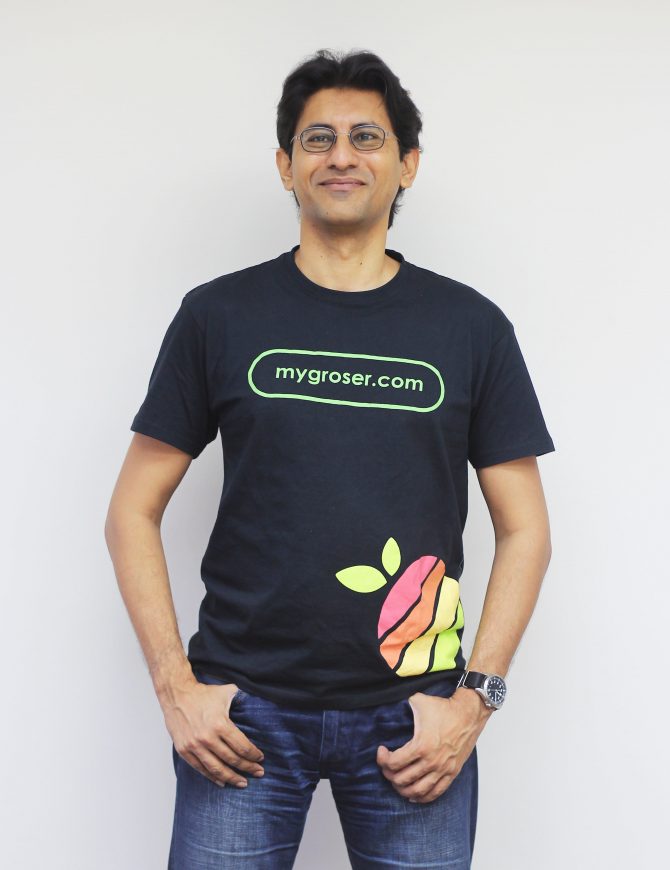
It’s going to sound odd but we don’t actually spend a lot of time thinking about how we’re going to beat our competitors. There’s tremendous opportunity in the market and even if every online store today was to grow by five times the demand will be greater than that. It’s fantastic that so many people out there are trying to make things better for consumers and trying to improve. Things may go wrong from time to time but I’d say, we have a 95 per cent success rate which leaves us to learn from issues stemming out of the remaining five per cent. We had a loss of RM60,000 during the first week of starting MyGroser and today, it’s less than three per cent.
Sayantan: The moment entrepreneurs raise funds or have a little or a lot of liquidity, they fall into this trap of thinking they need to spend a lot on acquiring customers. While there’s some truth in that, it’s not all true. You want to acquire the right kind of customers and doing it blindly without a strategy will cause your ROI to not be anywhere near what you expect. So, always try to understand what your business model is, where you’re going to make revenues and the revenue model of your business. Focus on the basics, know what’s the worst-case scenario, how much is your safety margin and what’s the best-case scenario. Ensure that you have a really great team. A lot of Foodpanda’s success during the pandemic is because we have a great team in place.
Related read: The Tech on F&B.
Main photo by athree23 from Pixabay.
